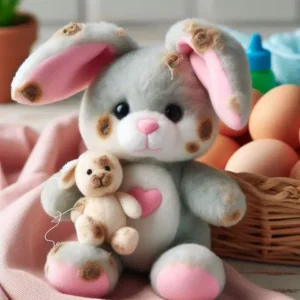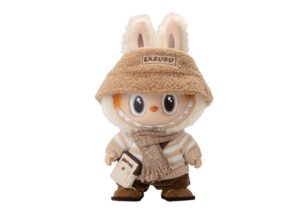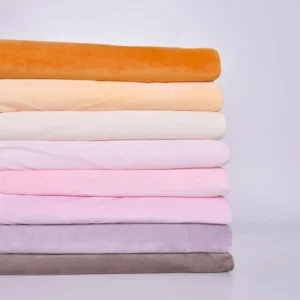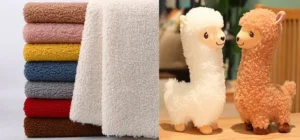Storing stuffed animals properly is key to preventing mold growth. With the right techniques, you can keep your plush toys clean, safe, and fresh for years to come.
Mold on stuffed animals mainly develops due to moisture, poor ventilation, and improper cleaning. Controlling humidity, choosing the right storage methods, and regular maintenance can effectively prevent mold growth. This guide offers practical tips for safe, long-term plush toy storage.
Let’s explore how to protect your stuffed animals from mold and maintain their quality.
1.What Are the Common Causes of Mold in Stuffed Animals?
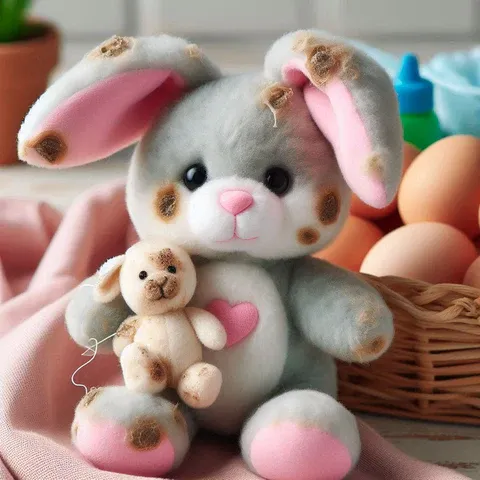
Stuffed animals are soft and porous, making them vulnerable to mold if exposed to certain conditions. The main causes of mold include moisture buildup, dirt accumulation, and lack of airflow.
Mold growth usually happens when stuffed animals are stored in damp or humid places without proper cleaning or ventilation. Warm temperatures and dirty surfaces accelerate mold development.
Moisture is the biggest enemy of plush toys. Even small amounts of water from spills, humidity, or wet environments can seep into fabric and stuffing. If left unchecked, this moisture creates an ideal environment for mold spores to multiply.
| Cause | Explanation |
|---|---|
| Excess moisture | From spills, wet hands, or humid storage spaces |
| Poor ventilation | Lack of airflow traps moisture inside plush |
| Dirt and oils | Soil and skin oils provide nutrients for mold |
| Warm temperatures | Accelerate mold growth |
Inadequate cleaning can leave behind organic residues that feed mold. Without airflow, trapped moisture can linger and cause unseen damage.
2.How Does Humidity Affect the Storage of Plush Toys?
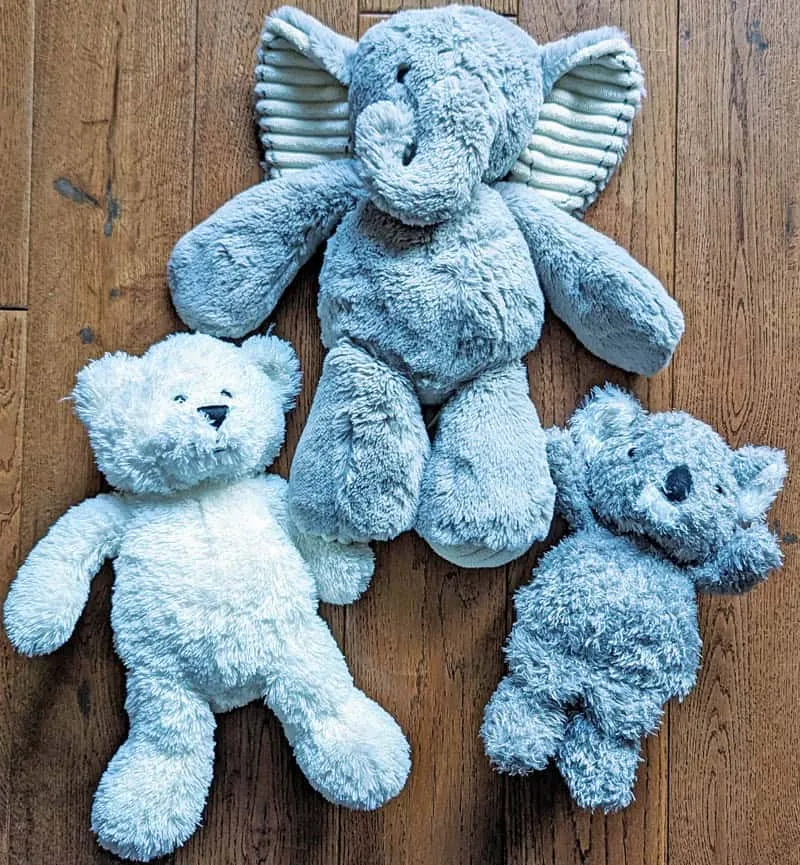
Humidity levels have a direct impact on mold risk. High humidity means more moisture in the air, which plush toys easily absorb.
When relative humidity rises above 60%, stuffed animals become prone to mold. Controlling humidity below 50% is essential for mold prevention.
Stuffed animals stored in basements, closets, or garages often face fluctuating humidity. These changes cause fabric to absorb and release moisture repeatedly, weakening fibers and encouraging mold.
Using dehumidifiers or moisture absorbers can help maintain stable, low humidity. Proper airflow combined with humidity control creates the best conditions for preserving plush toys.
| Humidity Level (%) | Impact on Stuffed Animals |
|---|---|
| Below 50% | Safe; reduces mold and mildew risk |
| 50%-60% | Caution; monitor storage environment |
| Above 60% | High risk; mold likely to develop |
Understanding humidity is crucial to choosing the right storage location and method.
3.Which Storage Methods Best Prevent Mold Growth on Stuffed Animals?

Choosing the right storage containers and environment plays a vital role in mold prevention.
Breathable containers like fabric bins or mesh bags combined with dry, well-ventilated spaces are best for storing plush toys safely. Avoid airtight plastic boxes unless combined with moisture control products.
Plastic bins can trap moisture if not used carefully. If airtight containers are necessary, include silica gel packets or other desiccants to absorb moisture.
Vacuum-sealing is generally not recommended, as it compresses stuffing and can trap any moisture inside, promoting mold growth.
| Storage Method | Pros | Cons |
|---|---|---|
| Fabric bins | Breathable, easy to clean | Less dust protection |
| Mesh bags | Excellent airflow, lightweight | Limited protection from dust |
| Plastic bins (with desiccants) | Good dust/moisture barrier | Risk of trapped moisture without desiccants |
| Vacuum-sealing | Saves space | Traps moisture, risks mold growth |
Proper storage choices help maintain plush toy integrity and prevent mold formation.
4.How Can Materials and Cleaning Practices Influence Mold Resistance?
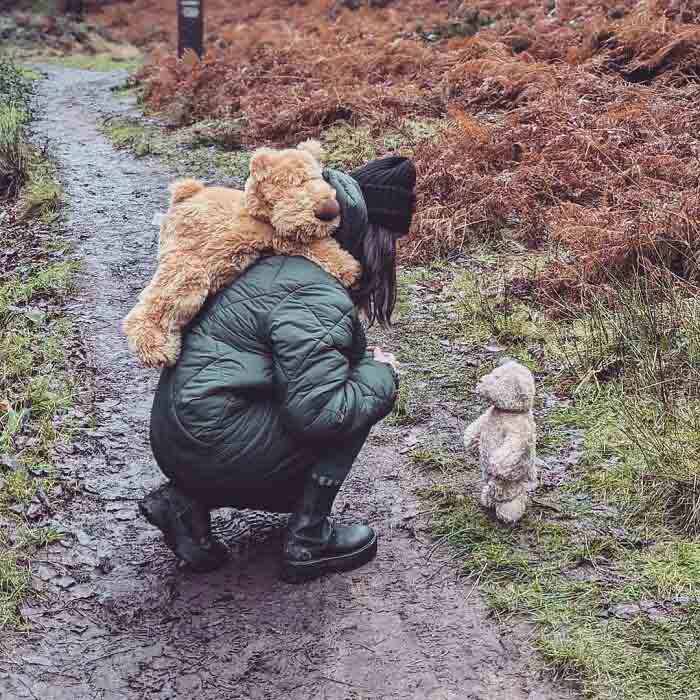
The fabric and stuffing type, combined with regular cleaning, affect a stuffed animal’s mold resistance.
Using plush toys made from synthetic fibers and cleaning them regularly reduces mold risk. Natural fibers absorb more moisture and require more care.
Polyester and acrylic fabrics resist moisture better than cotton or wool. Stuffings like polyester fiberfill dry faster than natural fillings like cotton or wool.
Regular cleaning removes dirt, oils, and microbes that encourage mold. Spot cleaning and gentle washing with mild detergents are effective without damaging plush integrity.
| Material Type | Mold Resistance | Cleaning Frequency |
|---|---|---|
| Synthetic fibers | High (polyester, acrylic) | Every 3-6 months or as needed |
| Natural fibers | Lower (cotton, wool) | More frequent cleaning recommended |
Proper drying after washing is critical. Never store plush toys while damp.
5.What Are the Best Environmental Conditions for Long-Term Plush Toy Storage?
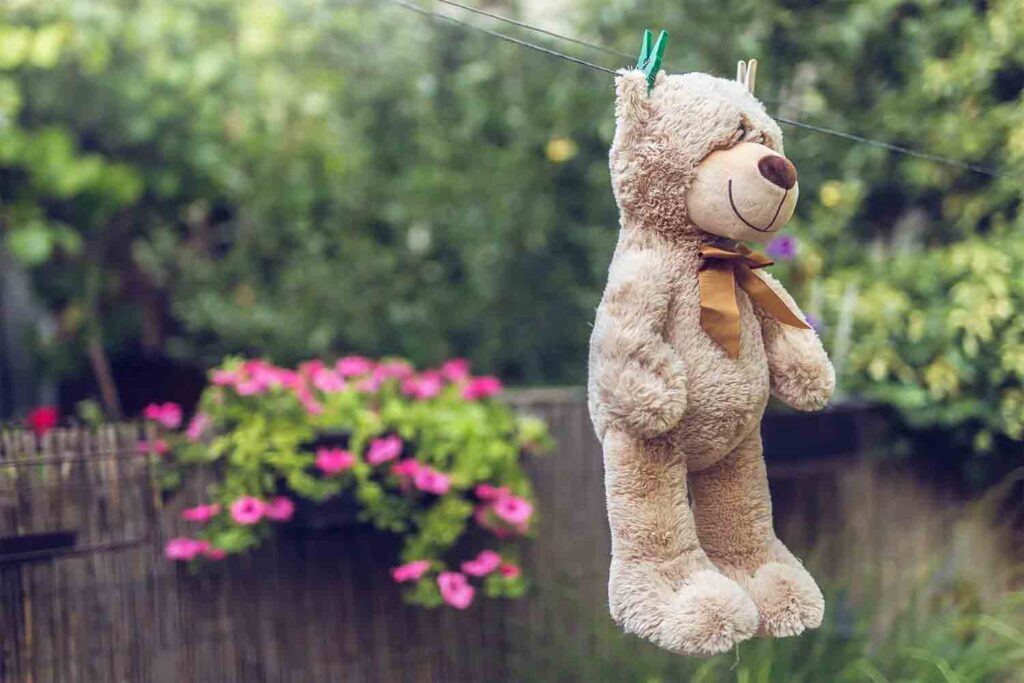
Maintaining stable temperature, humidity, and ventilation is key to preserving stuffed animals over time.
Ideal conditions include temperatures between 15-25°C (59-77°F), humidity below 50%, and good airflow to prevent moisture buildup.
Extreme temperatures or rapid fluctuations can damage fibers and stuffing. Moderate, stable temperatures preserve material strength.
Good airflow prevents stagnant moisture pockets. Using fans or placing storage near vents can improve circulation.
| Condition | Ideal Range |
|---|---|
| Temperature | 15-25°C (59-77°F) |
| Humidity | Below 50% |
| Ventilation | Continuous gentle airflow |
Avoid storing stuffed animals in attics, basements, or garages where conditions are uncontrolled.
6.How Should You Inspect and Maintain Stored Stuffed Animals to Avoid Mold?
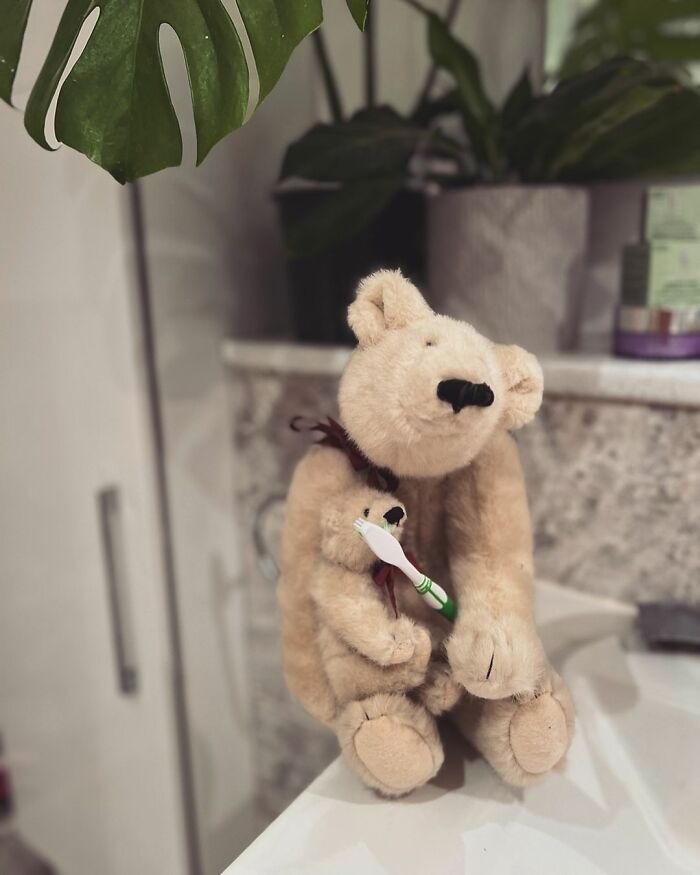
Regular inspection and maintenance are necessary to catch early signs of mold and keep plush toys in good shape.
Check stuffed animals every few months for musty odors, discoloration, or dampness. Clean and air them out promptly if needed.
Look for:
- Visible mold spots (often white, green, or black)
- Fading or stains indicating moisture damage
- Odors signaling mold or mildew growth
Gently brushing or vacuuming with a soft attachment removes dust. Sunlight exposure for a few hours can help disinfect and dry plush toys but avoid direct harsh sun that fades colors.
| Inspection Step | Purpose |
|---|---|
| Visual check | Detect mold spots or damage |
| Smell test | Identify musty or moldy odors |
| Cleaning | Remove dust, dirt, and microbes |
| Air drying | Eliminate moisture buildup |
Prompt action prevents small issues from becoming major problems.
Conclusion
Proper storage, cleaning, and environmental control keep stuffed animals mold-free and well-preserved for years.
If you want to learn more about safe plush toy manufacturing and care, contact me at [[email protected]] or visit [https://plushtoyinchina.com].




